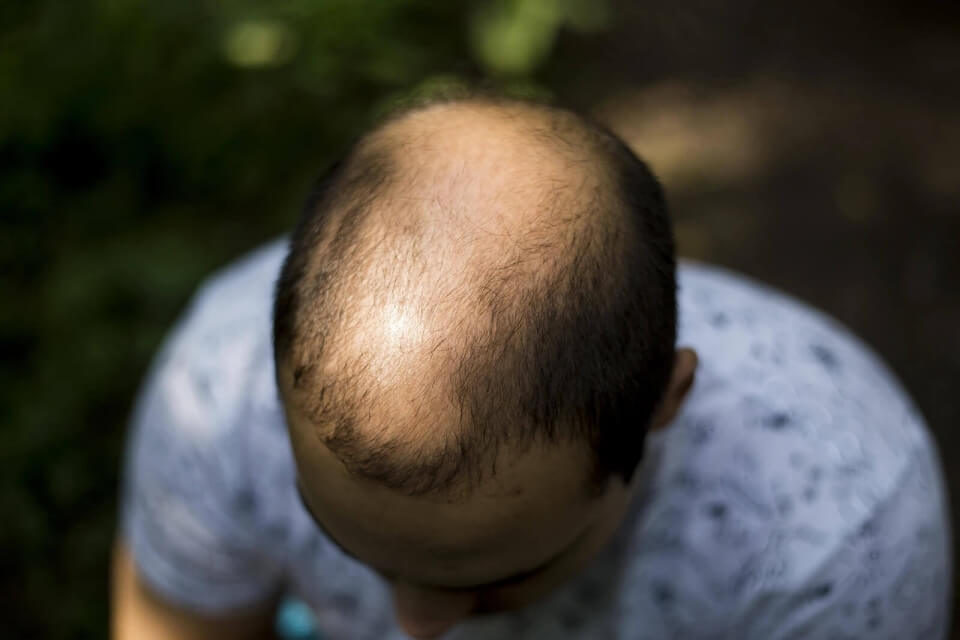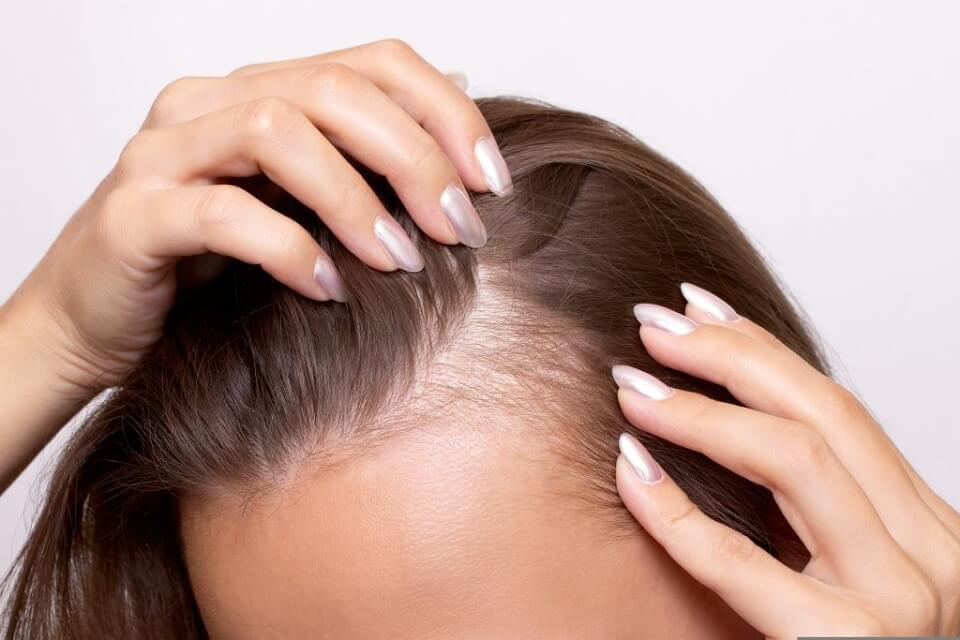Male or Female Pattern Baldness: Causes, Differences, and Treatment Options
Hair loss is a common concern for both men and women. While everyone experiences some degree of hair thinning as they age, pattern baldness, also known as androgenetic alopecia, is a more significant and genetic form of hair loss. Although it affects both sexes, there are notable differences in how male and female pattern baldness develops, progresses, and can be treated.
What Is Pattern Baldness?
Pattern baldness is a hereditary condition caused by genetic sensitivity to dihydrotestosterone (DHT), a hormone derived from testosterone. DHT shrinks hair follicles over time, leading to thinner hair and eventually stopping hair growth altogether.

Male Pattern Baldness
- Characteristics:
Male pattern baldness typically starts with a receding hairline and thinning at the crown. Over time, the hair loss may progress to complete baldness on the top of the head, leaving a ring of hair around the sides and back. - Progression Stages (Norwood Scale):
Hair loss in men often follows a predictable pattern, categorized into seven stages using the Norwood Scale. - Causes:
- Genetic predisposition
- Hormonal changes, particularly DHT sensitivity
- Aging
- Prevalence:
About 50% of men experience some degree of male pattern baldness by the age of 50.

Female Pattern Baldness
- Characteristics:
Female pattern baldness generally presents as diffuse thinning across the entire scalp rather than localized bald spots. The hairline is usually preserved, but the parting may become wider. - Progression Stages (Ludwig Scale):
Hair loss in women is classified using the Ludwig Scale, which tracks the severity of thinning from mild to advanced stages. - Causes:
- Genetic predisposition
- Hormonal changes, especially post-menopause
- Medical conditions like polycystic ovary syndrome (PCOS)
- Prevalence:
Female pattern baldness affects approximately 40% of women by age 50.
Key Differences Between Male and Female Pattern Baldness
| Aspect | Male Pattern Baldness | Female Pattern Baldness |
|---|---|---|
| Pattern of Hair Loss | Receding hairline, bald crown | Diffuse thinning, widened parting |
| Age of Onset | Often starts in the late 20s or 30s | More common after menopause |
| Progression | Follows a predictable pattern | Diffuse and more unpredictable |
| Hormonal Influence | Linked to testosterone/DHT levels | Related to estrogen and DHT levels |
Treatment Options for Pattern Baldness
1. Medications
- Minoxidil (Rogaine):
FDA-approved for both men and women, Minoxidil helps stimulate hair growth and slow down thinning. - Finasteride (Propecia):
A prescription oral medication for men that blocks DHT. It is not typically recommended for women due to hormonal side effects.
2. Hair Transplant Surgery
- Techniques like FUE (Follicular Unit Extraction) and DHI (Direct Hair Transplantation) are highly effective for male and female pattern baldness.
- Women with localized hair loss can also benefit from hair transplants, especially along the parting or temples.
3. Low-Level Laser Therapy (LLLT)
- Devices like laser combs or helmets can promote hair growth by improving scalp blood circulation.
4. Lifestyle Adjustments and Nutritional Support
- A balanced diet rich in iron, zinc, biotin, and omega-3 fatty acids can support healthy hair.
- Managing stress levels can also prevent hair loss exacerbation.
5. Platelet-Rich Plasma (PRP) Therapy
- PRP involves injecting growth factors from your own blood into the scalp to stimulate dormant hair follicles.
6. Hormone Replacement Therapy (HRT)
- For women experiencing hair loss due to menopause, HRT can help balance hormone levels and slow hair thinning.
When to See a Specialist?
If you notice excessive hair shedding, bald patches, or thinning that affects your confidence, consult a dermatologist or trichologist. Early intervention can slow down hair loss and preserve existing hair.
Embrace Solutions, Not Stigma
Male and female pattern baldness can significantly impact self-esteem, but modern treatments and advancements in hair restoration offer hope. Whether it’s medication, lifestyle changes, or surgical solutions, you can regain your confidence and hair with the right approach.
